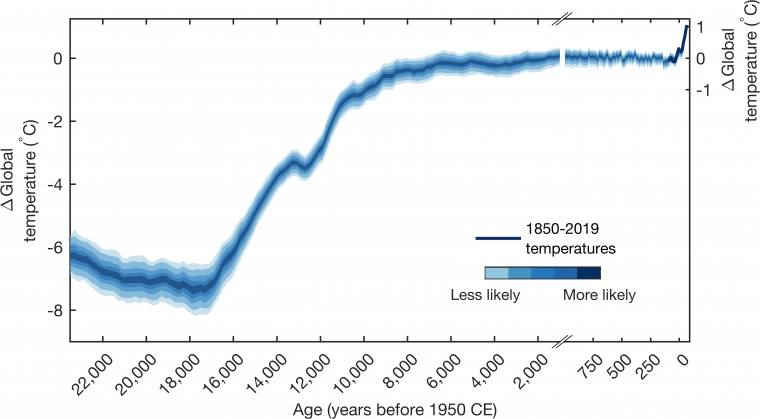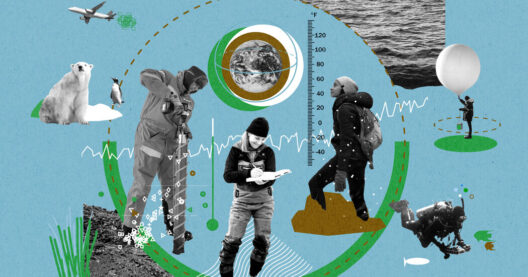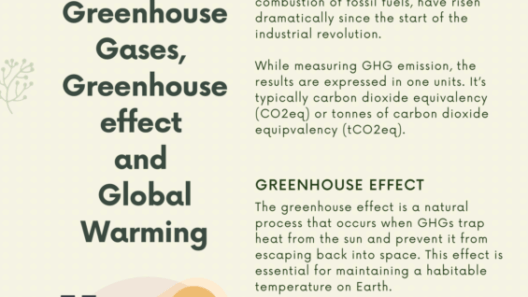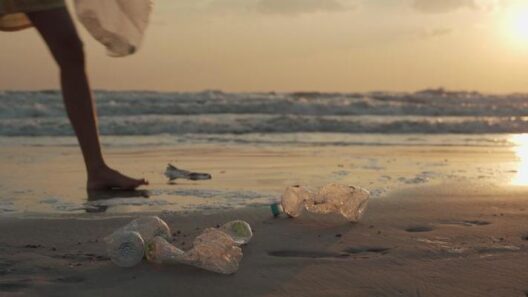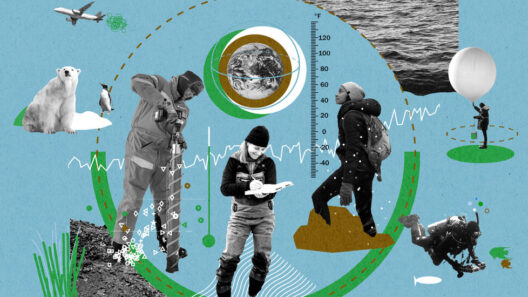Throughout human history, the Earth’s climate has undergone numerous fluctuations. Variations in temperature, precipitation, and weather patterns have continuously shaped the environment in which we live. Yet, as we delve into the murky waters of climatic evolution, a playful question arises: Has global warming happened before? To answer this query, we must embark on an investigative journey through the ages, examining historical climate shifts, their causes, and implications on human civilizations.
The concept of global warming is not a novel phenomenon exclusive to modern industrialization. The Earth has experienced multiple warm and cold periods, often referred to as glacial and interglacial phases, throughout its extensive geological history. Each of these phases has had profound effects on the planet’s ecosystems and the species that inhabit them, including humans.
The most recent ice age, known as the Quaternary glaciation, began approximately 2.58 million years ago and has been characterized by cyclical periods of glacial advance and retreat. During the interglacial periods, the Earth’s average temperature naturally increased, leading to a warmer planet. One of the most significant interglacial episodes was the Holocene epoch, which commenced around 11,700 years ago. The gradual warming during this time enabled the flourishing of human civilizations and the advent of agriculture.
In contrast to today’s rapid climate change, early periods of warming unfolded over millennia, allowing ecosystems and human societies time to adapt. For instance, the transition from the last glacial maximum, approximately 20,000 years ago, to warmer conditions fostered an explosion of biodiversity. It facilitated the migration of various species, including humans, who began to populate previously inhospitable areas.
However, the warming that transpired over the last 24,000 years is an essential reference point in our contemporary climate narrative. Geological evidence indicates that during the Medieval Warm Period (approx. 950–1250 AD), temperatures in the Northern Hemisphere were warmer than the average for the centuries that preceded and followed it. This brief climate anomaly fostered agricultural expansion in regions like Europe and Greenland, suggesting that warmer temperatures can significantly influence human activity and well-being.
Conversely, the Little Ice Age, following the Medieval Warm Period, brought about drastic cooling from roughly the 14th to the 19th centuries. This shift illustrated that a cooler climate could adversely impact food production, leading to famines and social upheaval. Thus, Earth’s historical climate tells us that variability is the norm; however, one must ponder whether today’s warming is part of this larger cycle or serves as an outlier fueled by human actions.
One of the most notable aspects of today’s climate change is its unprecedented rate. Unlike the gradual shifts of the past, which were often driven by natural factors like volcanic eruptions, solar radiation changes, or greenhouse gas concentrations due to natural cycles, the current episode of warming is primarily attributed to anthropogenic activities. The burning of fossil fuels, deforestation, and industrial pollution have significantly accelerated the greenhouse effect, trapping heat within the Earth’s atmosphere more efficiently than ever.
As we reflect on the depths of Earth’s climatic history, we encounter a formidable challenge. Can we learn from the past? The study of ancient climates, through paleoclimatology, provides valuable insights into how both ecosystems and societies responded to temperature fluctuations. Adaptation strategies employed by ancient civilizations offer potential lessons for contemporary society. Would societies have been better prepared, or altered their resilience strategies if they had anticipated the climate shifts? Today, the challenge lies not only in recognizing the reality of climate change but also in devising strategies that draw from historical experiences.
In addition to research, biodiversity conservation stands out as a crucial strategy for combating the burgeoning effects of climate change. Diverse ecosystems serve as natural buffers against environmental stresses, creating a resilient framework capable of withstanding and adapting to changes. Historical evidence demonstrates that regions with rich biodiversity endure climatic shifts more successfully, offering key insights into developing robust adaptive societies.
However, this is not merely a call to action for scientists or politicians; it extends to community engagement. Awareness and education can foster a culture of climate action on an individual and communal level. Implementing sustainable practices, supporting renewable energy, and advocating for climate justice must become integral parts of our identities as global citizens.
As we scrutinize the interplay between climate and human civilizations through the ages, we arrive at a more profound comprehension of our current predicament. While global warming is indeed an aspect of Earth’s history, the current trajectory deviates markedly from the natural rhythms that once governed our planet. The rapidity of today’s changes necessitates immediate and concerted action. Ignoring historical lessons risks repeating the mistakes of the past. Families and communities must unite in their efforts to mitigate climate change, for it is not merely an environmental issue; it is a challenge that intertwines the fabric of human existence.
In conclusion, the question lingers: Has it happened before? The answer is complex. Yes, warming has occurred; however, the unprecedented pace and anthropogenic drivers set today’s warming apart from historical trends. Embracing our collective responsibility is crucial in shaping a sustainable and equitable future. The echoes of the past remind us that adaptability and resilience are key; the challenge before us is to learn, innovate, and act decisively to forge a balanced relationship with our ever-evolving planet.



